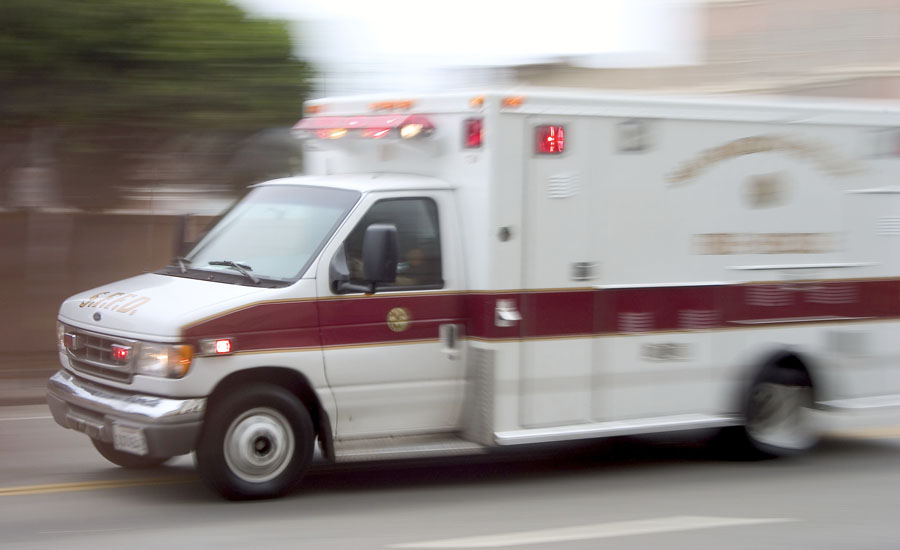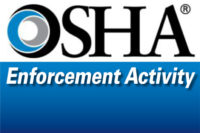Federal safety and health investigators found Altamont Ambulance Service Inc. failed to follow specific guidelines to protect emergency healthcare workers from exposure to bloodborne pathogens and other hazards while providing patient care.
On July 6, OSHA issued five willful, 16 serious and three other-than-serious safety and health violations to the emergency medical service provider with proposed penalties of $290,100. The agency opened inspections in January 2016, after receiving a complaint alleging violations of OSHA’s bloodborne pathogen exposure and various other health and safety standards.
“OSHA has specific guidelines to protect healthcare workers who provide patient care,” said Aaron Priddy, OSHA’s area director for its Fairview Heights office. “Altamont Ambulance Service has a responsibility to protect both its patients and staff from injury and illness during procedures, and to keep its workers safe at its facility.”
The agency’s Fairview Heights area office found the employer failed to:
- Establish an exposure control plan for bloodborne pathogens and other potentially infectious material.
- Establish an exposure control plan for bloodborne pathogens and other potentially infectious material.
- Make Hepatitis B vaccination series available to employees.
- Train workers about chemical and bloodborne pathogen hazards and precautions.
- Develop an emergency response plan.
- Dispose of, clean or launder contaminated personal protection equipment.
- Train workers in operations level emergency response.
- Communicate decisions on the use of personal protective equipment to employees.
- Develop a respiratory protection program to protect again infectious diseases.
- Train workers about the use of hazardous chemicals in their work area.
- Conduct an exposure determination for blood borne pathogens.
- Provide injury and illness logs to inspectors within four hours.
- Mark, keep clear and properly light emergency exits.
- Follow electrical safe work places. Investigators found opened breaker panel boxes, extension cords used as fixed wiring, exposed light sockets.
- Train workers in the use of fire extinguishers.



